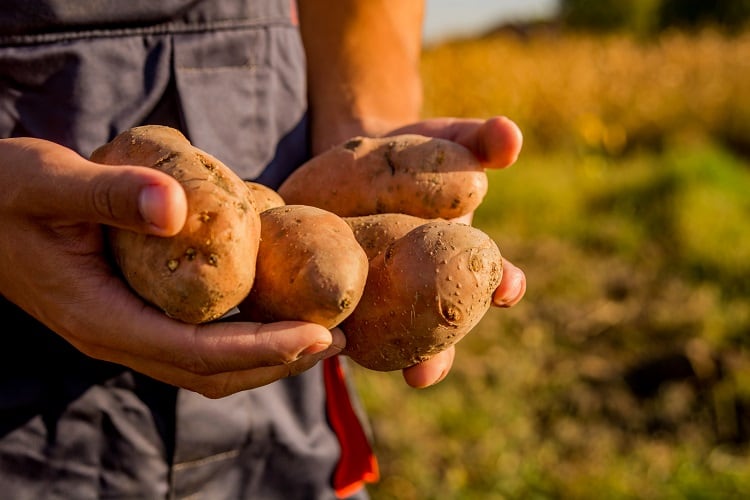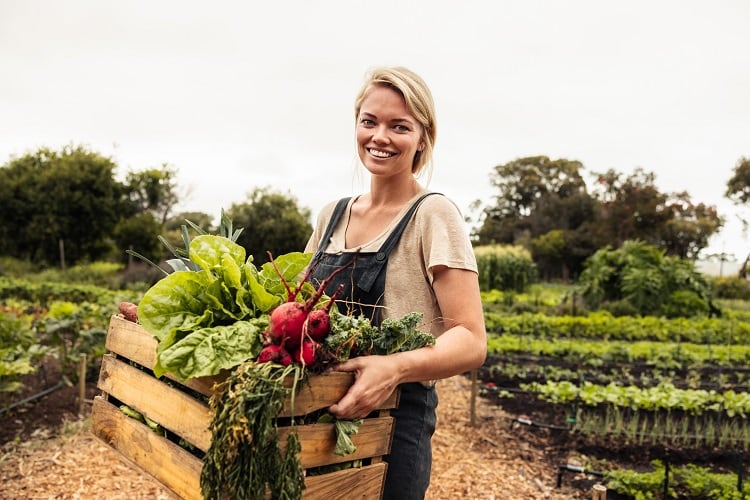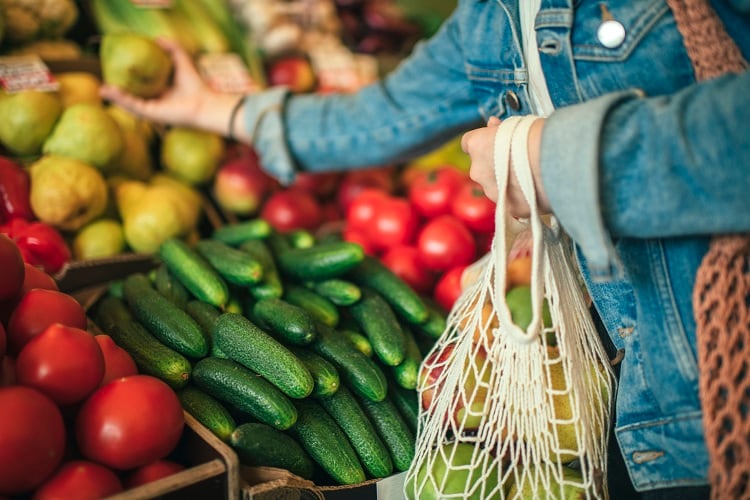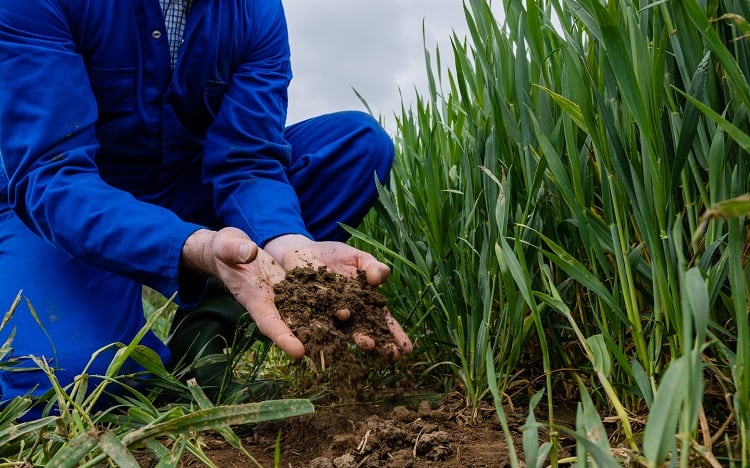Biodiversity loss is a major issue affecting not only the future of food security, but the future of the planet, with scientists warning that the sixth mass extinction is already underway.
Furthermore, the World Wildlife Fund (WWF) has stated that unlike previous extinction events, caused by natural phenomena, the sixth mass extinction is driven by human activity, primarily a result of unsustainable use of land, water and energy use, and climate change.
“In the EU, one in three species of bees, butterflies, and hoverflies face extinction, jeopardizing the pollination of 80% of crop and wild plant species vital for food production,” Annemarie Botzki, agriculture campaigner for consumer watchdog foodwatch, told FoodNavigator. “The European Commission reveals that half of the EU’s agricultural land is already experiencing a pollination deficit. Moreover, Europe has witnessed a staggering decline of 600 million birds since 1980, impacting farming practices as birds serve as natural insect and pest controllers.”
As a result of this, consumers are being urged to switch from biodiversity-damaging foods to biodiversity-friendly foods.
Asking the big question: which foods support biodiversity and which should be avoided?
A recent study looking at the biodiversity footprints of popular dishes from around the world sought to identify which ingredients are biodiversity-damaging and which are biodiversity-friendly.
How was the study conducted?
To calculate the biodiversity footprint of each dish, the research team used crop and pasture area data in addition to data on threatened species from the International Union for the Conservation of Nature.
“Allowing environmentally conscious consumers to understand the impacts of their food purchasing and consumption decisions on the environment could reduce their environmental footprint by focusing on more sustainable products,” explained a spokesperson for the study.
However, although the study did identify ingredients which pose a threat to biodiversity, the answer to the question of which foods are biodiversity-friendly and which are biodiversity-damaging is far from straightforward, and is likely to leave consumers with more questions than answers.
Which foods scored badly for biodiversity damage?
Perhaps unsurprisingly, the study found that the biodiversity footprints of dishes containing meat were significantly higher than those without.
“Most of the meat on the market comes from animals that are mass produced with intensive practices,” explains Ines Gendre from carbon offset company, greenly, who was not associated with the study.
But this does not necessarily mean that eating meat can’t be sustainable.
“Eating meat doesn’t have to be bad for the environment – a lot of it depends on how the meat was sourced. Grass-fed beef, or beef from cows that spend their whole lives grazing pasture, is a sustainable meat to eat. In fact, ruminants like cows can be important parts of thriving, healthy ecosystems,” adds Gendre.
Interestingly, there were a few surprises, with rice and legumes both making it onto the list of foods with a high biodiversity-damaging footprint. The reason for this? Rice and legumes are predominantly sourced from countries such as India where the crops are encroaching on biodiversity hotspots with already very high agricultural pressure.
“India presents a perfect storm,” explained Roman Carrasco, one of the paper’s authors and an associate professor of biological sciences at the National University of Singapore. It has high levels of biodiversity, including many endemic species that can only live in very specific areas, combined with “high levels of those critical areas being heavily encroached by crops like rice, chickpeas, beans and lentils.”
However, sustainably sourced legumes remain biodiversity friendly and can, in fact, offer environmental benefits.
“The origin of the beans or lentils you are using matters quite a bit,” said Carrasco. “While legumes are ‘an excellent crop’ in terms of efficient land use and high nutritional value, they could be better grown in less biodiverse areas.”
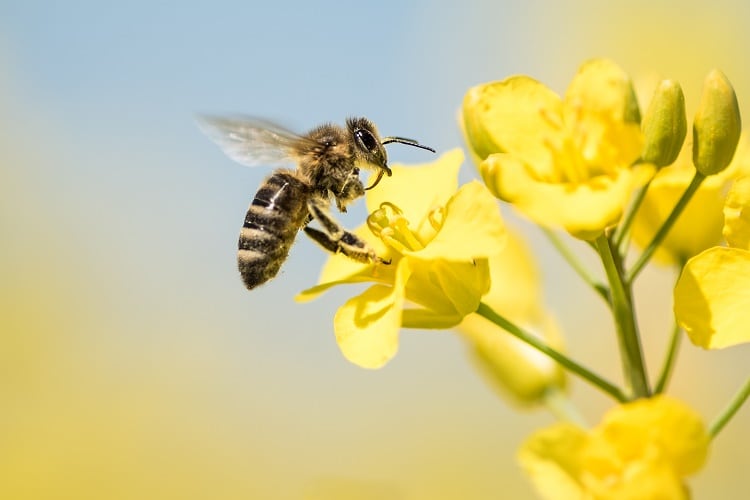
Which foods scored better for biodiversity damage?
Foods with the lowest biodiversity footprint, according to the study, included starchy foods such as potatoes. Potato production has a low carbon footprint as it requires less land and water than many other vegetables, such as cucumbers, spinach, cabbage, celery, corn, onions, leeks, carrots, broccoli, radishes, and brussels sprouts. Potatoes are also quite a hardy vegetable and can be grown in most environments. This means they can be successfully grown away from areas where biodiversity is under severe threat.
Another great benefit to potatoes is their affordability and the fact that they’re grown in countries across the globe so widely available to many.
However, that’s not to say that other vegetables mentioned above are bad for the environment, merely that they have a higher carbon footprint than potatoes. The primary reason for this being that they are shallow-rooted vegetables and therefore require frequent watering to prevent the soil around them drying out. Their higher footprint can be reduced if the vegetables are locally and sustainably sourced.
The study also found wheat to have a lower biodiversity footprint. This is good news for fans of bread, pasta, pastries and cereals, though the growing of wheat often relies upon pesticide use, which is a huge threat to biodiversity.
“The widespread use of pesticides in agriculture is a cause of public concern, due to its impact on human health and the environment,” explains foodwatch’s Botzki.
In short, this is an extremely complex issue, but one thing is clear, we need to become more aware of where our food comes from and choose the biodiversity-friendly, sustainable options where possible.
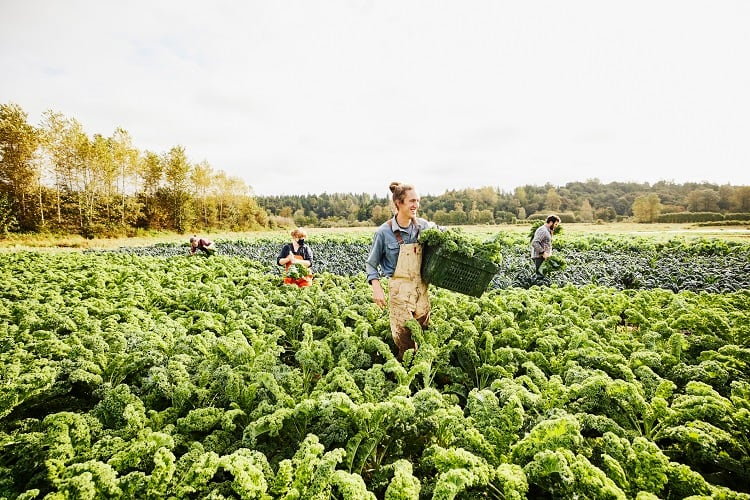
Why is biodiversity loss such a serious issue?
Biodiversity is essential for the processes, which support all living things, including humans. Without a wide range of animals, plants and microorganisms, we would not have the ecosystems we rely upon to provide us with the air we breathe and the food we eat.
The United Nations (UN) has described biodiversity as, “the web of life that we depend on for so many things – food, water, medicine, a stable climate, economic growth, among others. Over half of global GDP is dependent on nature. More than 1 billion people rely on forests for their livelihoods. And land and the ocean absorb more than half of all carbon emissions.”
Furthermore, it states that, “nature is in crisis,” with up to one million species currently under threat from extinction.
The European Parliament has stated that, “biodiversity, or the variety of all living things on our planet, has been declining at an alarming rate in recent years, mainly due to human activities, such as land use changes, pollution and climate change.”
The United Nations has identified global food production as the primary cause of biodiversity loss, saying, “when land is converted for agriculture, some animal and plant species may lose their habitat and face extinction.”


